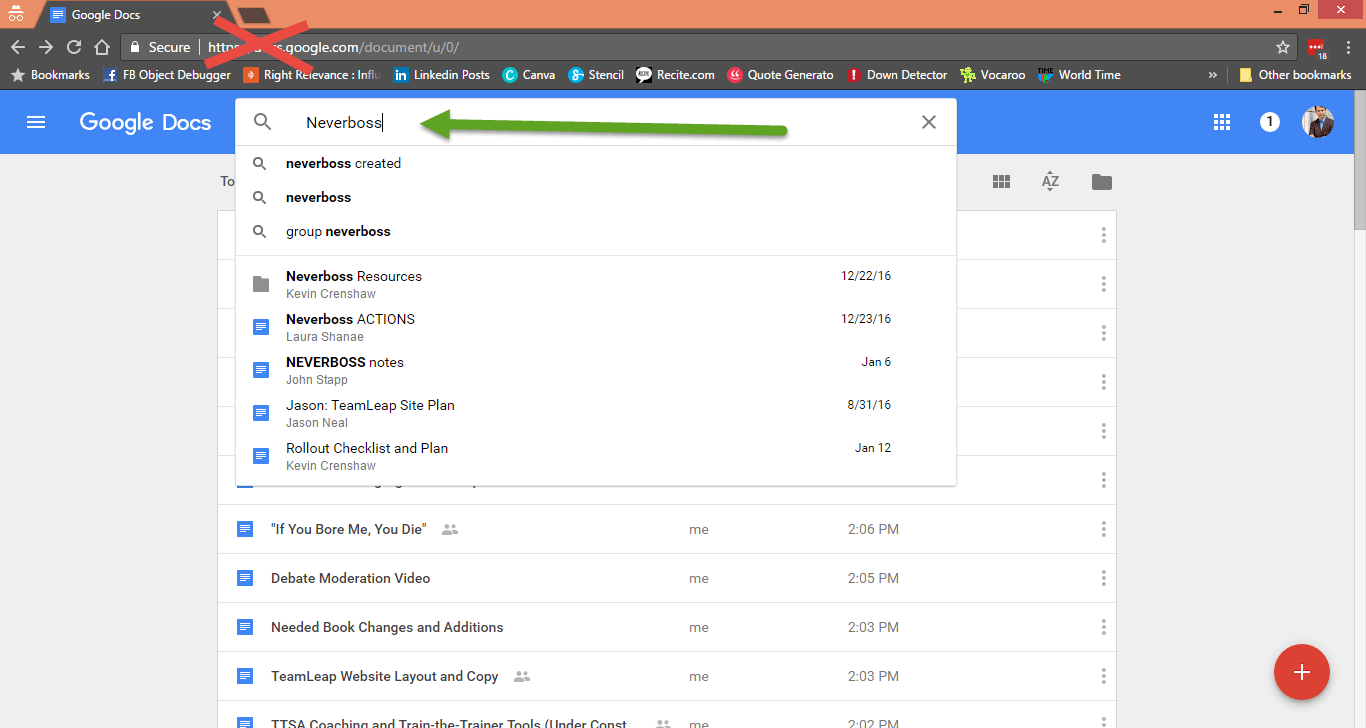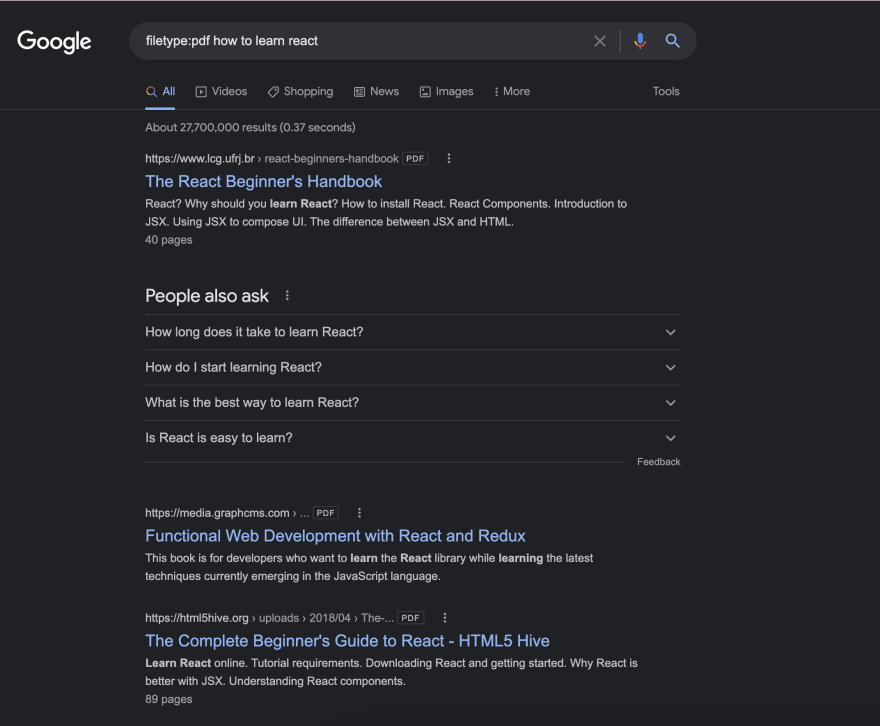
It’s an official account where you’ll see notifications of core algorithm updates.

Next, if you’re on Twitter, follow Google SearchLiaison. With Google Alerts, you’ll receive a notification straight to your inbox whenever algorithm updates are mentioned online so you can start preparing for the changes as soon as possible. However, it’s crucial you track core updates, so you can adapt your SEO strategy accordingly.įirst, set up a Google Alert for algorithm changes. There’s no need to track every single tweak Google makes to its algorithm. How Do I Know When Google Releases a New Algorithm Update? You can pass RankBrain by researching the user intent behind every keyword people search for, and writing rich, quality content to meet their expectations. In other words, it promotes the most relevant and informative content for a keyword or search phrase. It ranks pages based on whether they appear to answer a user’s search intent. In 2015, Google released a Hummingbird extension, RankBrain. In response, marketers leveled up by including more keyword variations and relevant search phrases to improve their chances of meeting readers’ expectations. In other words, it aimed to humanize the search engine experience and move the most informative and relevant content to the first page.
GOOGLE PDF SEARCH TRICK UPDATE
This update in 2013 was all about bridging the gap between what keywords people used and the type of content they actually wanted to find. The goal was to move away from the emphasis on link volume to boost a page’s search ranking and move instead towards high-quality content with only valuable, engaging links included. Like the Panda update, it also looked at keyword stuffing. This update, introduced in 2012, directly combated “black hat” SEO tactics such as link directories and spammy backlinks. To “survive” Google Panda, marketers ensured they wrote educational, quality content, rewrote underperforming articles, and used keywords strategically.

It introduced a “quality score” that helped rank web pages based on how people would perceive the content, rather than how many keywords it included. Released in 2011, this algorithm update targeted bad practices such as keyword stuffing and duplicate content. To help you better understand the function of Google algorithm changes, here’s a rundown of some key historical updates, and what impact they had on page-ranking strategies. Look out for a core update at least once or twice a year. Google makes these larger, more sweeping changes a few times per year, and they can directly impact your page performance. However, the same can’t be said for the “core” updates. These changes are usually small, and you probably won’t notice a drop in search page rankings due to these updates alone. They might even release multiple updates in 24 hours. Google makes minor changes to its algorithm on a daily basis. How Often Are Google Algorithm Changes Released? Put simply, the Google algorithm boosts the sites that offer people the best user experience.

That said, here’s a rundown of the ranking factors we do know about: In other words, no one’s entirely sure what boxes to tick to secure a first-page ranking. There’s only so much we know about Google’s algorithm because Google won’t reveal its top ranking factors. What Do We Know About Google Algorithm’s Ranking Factors? However, there’s good news: It’s possible to “hack” the algorithm and retain a solid Google ranking. The Google algorithm is constantly evolving, which can cause a few headaches when you’re a marketer trying to retain the highest possible page ranking at all times.


 0 kommentar(er)
0 kommentar(er)
